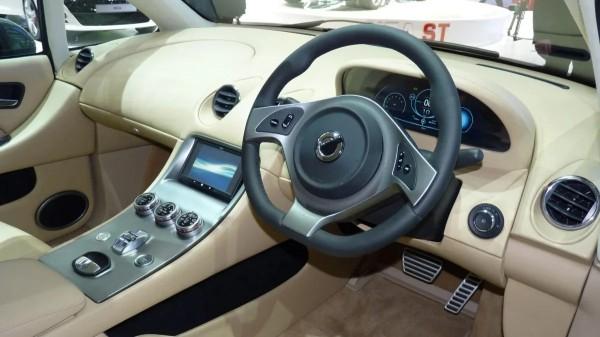In 2004, a year after Tesla was incorporated, a group of South African engineers joined forces to develop an electric vehicle (EV) in response to growing concerns about global warming.
Kobus Meiring, Mike Lomberg, Jian Swiegers, and Gerhard Swart co-founded Optimal Energy in 2005 to build the country’s first electric vehicle. In December 2005, they received R15 million from the Department of Science and Technology’s Innovation Fund to build a prototype.
The team used existing technologies and off-the-shelf components for the body, chassis, and interior. Most of the development went into battery, electric drive, and vehicle control systems, which were new technologies at the time.
In October 2008, Optimal Energy unveiled its first electric car, the Joule, to the general public at the Paris Motor Show. South African-born Jaguar car designer Keith Helfet designed The Joule and showed the same flowing lines as his other trademark vehicles. After some interior and exterior changes, Optimal Energy showcased the new Joule at the 2010 International Motor Show in Geneva.
This version of the Joule, which was hand-built near Port Elizabeth by Hi-Tech Automotive, was punted as being close to the planned production version.
At the time, Optimal Energy said full-scale production of Joule would begin at the end of 2012, with cars in showrooms by mid-2013.
It’s an extremely sad story. No lack of initiative and innovation here, but really there is also a similar economic reason why Musk did not float any Tesla’s in South Africa, and why many of South Africa’s inventions find traction outside of the country. We also had an inventor in Somerset West, outside of Cape Town, who could not sell his smokeless pollution-free rubber tyre incinerator in South Africa, and I think the same gentleman also invented a very good desalination plant.
See https://mybroadband.co.za/news/motoring/478991-what-killed-south-africas-tesla.html
#technology #EV #SouthAfrica #Joule #innovation

